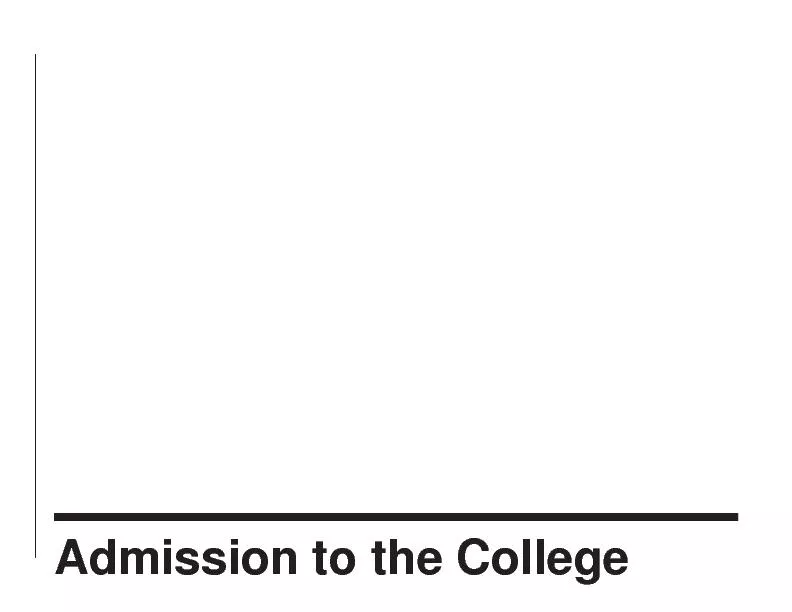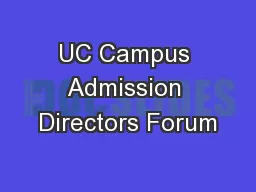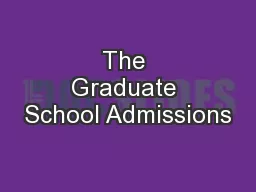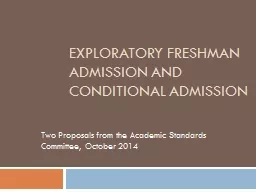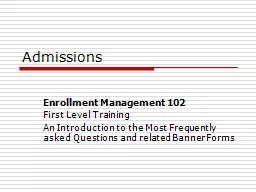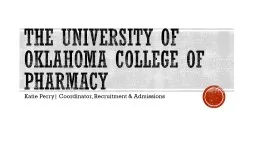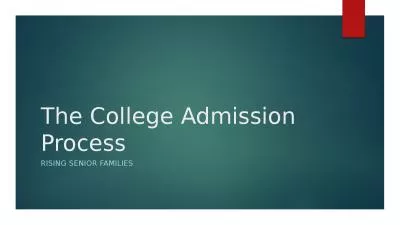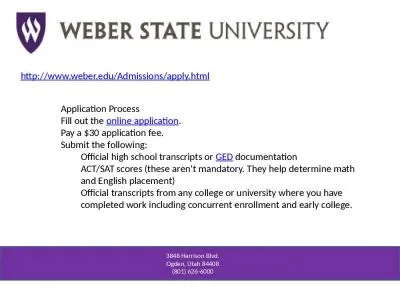PPT-Early Admission in the College Admissions Market
Author : faustina-dinatale | Published Date : 2015-10-14
Background Two different types of early admissions Early Decision ED and Early Action EA Started in 19761977 by Ivy League and MIT Some schools opted for EA while
Presentation Embed Code
Download Presentation
Download Presentation The PPT/PDF document "Early Admission in the College Admission..." is the property of its rightful owner. Permission is granted to download and print the materials on this website for personal, non-commercial use only, and to display it on your personal computer provided you do not modify the materials and that you retain all copyright notices contained in the materials. By downloading content from our website, you accept the terms of this agreement.
Early Admission in the College Admissions Market: Transcript
Download Rules Of Document
"Early Admission in the College Admissions Market"The content belongs to its owner. You may download and print it for personal use, without modification, and keep all copyright notices. By downloading, you agree to these terms.
Related Documents


